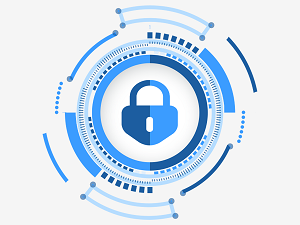A Microsoft Privileged Access Workstation (PAW) is a dedicated device that is used to perform administrative tasks in a secure manner. It is designed to reduce the risk of credential theft and other security incidents by isolating administrative tasks from other activities on the device.
PAWs are typically used by IT administrators, security personnel, and other users who require elevated privileges to perform their jobs. They are often used in environments where there are strict security requirements, such as government agencies, financial institutions, and other highly regulated industries.
PAWs can be configured with a variety of security features and tools, including:
- Multi-factor authentication: Users must provide multiple forms of authentication before logging into the PAW, such as a smart card or biometric authentication.
- Network isolation: The PAW is isolated from the rest of the network to prevent unauthorized access.
- Application whitelisting: Only approved applications are allowed to run on the PAW, reducing the risk of malware infections.
- Privilege management: Users are only granted the minimum level of privileges necessary to perform their jobs, reducing the risk of privilege escalation.
- Encryption: All data on the PAW is encrypted to protect against unauthorized access and data theft.
Examples of tasks that might be performed on a PAW include:
- Managing Active Directory and other directory services
- Configuring and managing network infrastructure devices, such as routers and switches
- Deploying and configuring servers, virtual machines, and other infrastructure components
- Monitoring and managing security events and incidents
Microsoft Privileged Access Workstations provide a secure environment for performing administrative tasks and help reduce the risk of security incidents caused by credential theft or other vulnerabilities. They are an important tool for organizations with strict security requirements and can be configured with a variety of security features to meet specific needs.
